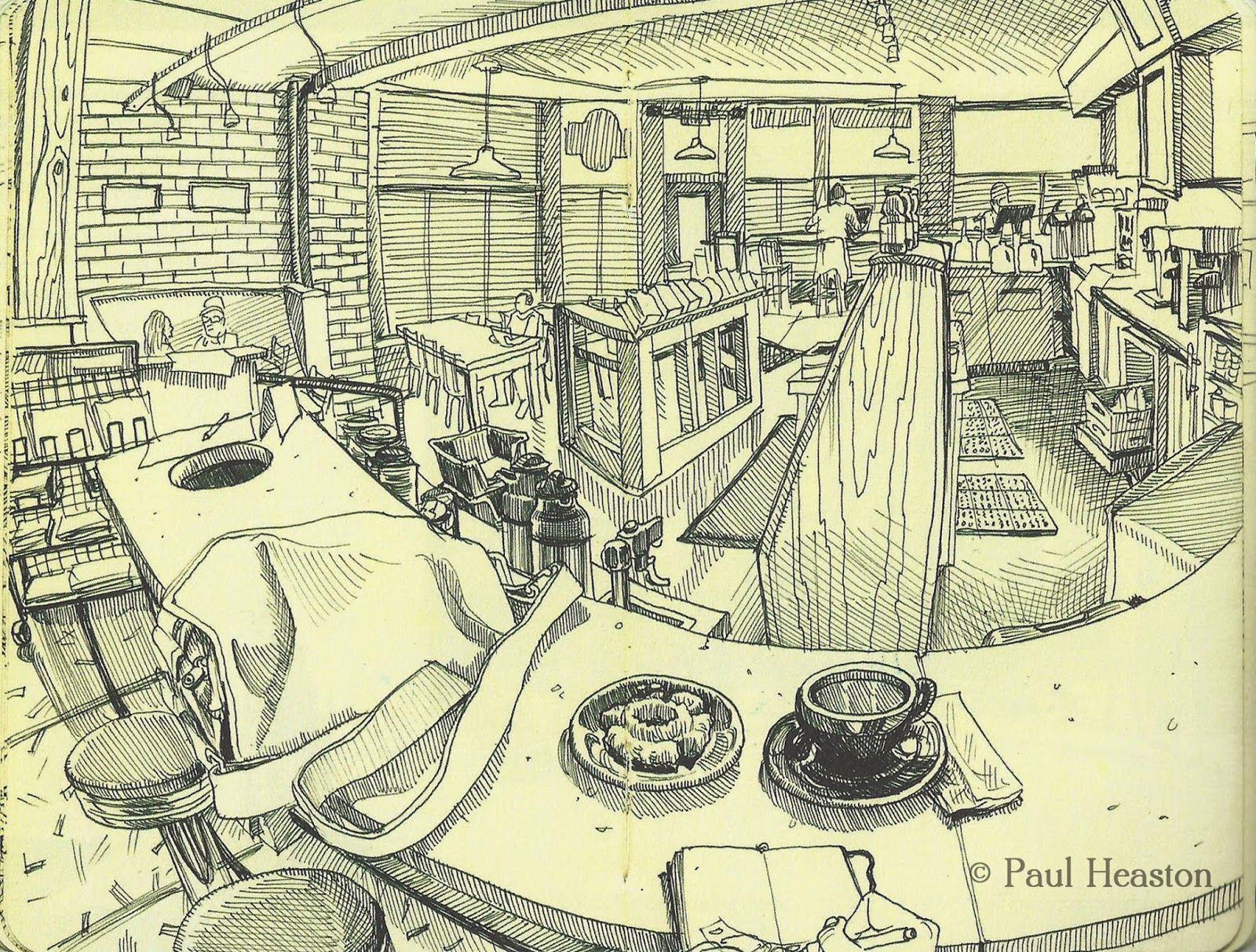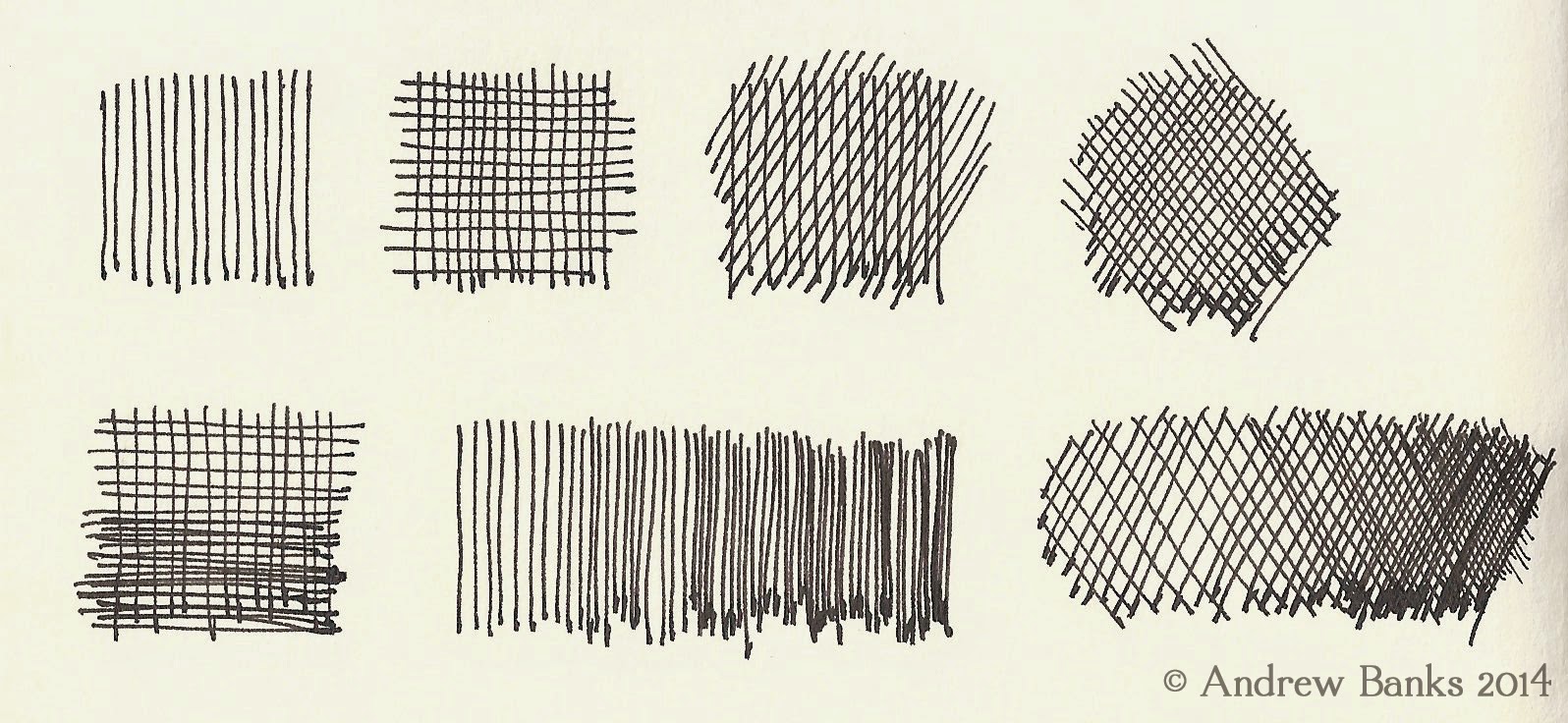The holidays are famous for taking up new hobbies, learning a new skill or proclaiming that the next year will be (somehow for the better) different. Perhaps you have some time off from your work, picked up a new device (as a gift or otherwise), or the New Year presents an opportunity to "start something new." With the looming prospect of a failed diet plan or an underused gym membership, allow me to present another resolution for the New Year that will not cost anything and could last longer than six months. All you need is your favorite sketching pencil, pen, marker, paint brushes or anything you like and something to draw on (such as a notepad, sketchpad, whiteboard, or even a digital tablet device).
It's called Urban Sketchers (USK) and we are a local community of artists who come together with a common interest of sketching in urban settings, socializing with like-minded artists and learning some new tips along the way. We practice sketching various scenes that often include interesting architecture, landscaping, people, animals and sketching anything else in cities, towns and villages in which they live, work or have traveled. We are a nonprofit organization that is dedicated to raising the awareness of artistic storytelling and educational value of drawing on location, promoting its practice and connecting people from around the globe.
Our local chapter, USk Chicago, meets at a different location in and around Chicagoland (so you see, we already have a support group!) which we call "Let's Sketch Chicago" and it is a great way to meet other like-minded sketchers and learn new tips and shortcuts. If this sounds like fun and you would like to check out the Urban Sketchers' scene, simply go to the following pages and look at some of the examples. And come to one of our next "Let's Sketch" outings and see what fun it is to meet real strangers from a Facebook group. We're really not that strange :)
We have this weekly series of posts called "Tuesday Tips & Tricks" where one new tip, trick or shortcut is shared with visual details at this link:
Urban Sketchers Chicago Blog: http://urbansketchers-
Here is where the bulk of our postings, shared sketches and discussions happen:
Urban Sketchers Chicago Facebook: Urban Sketchers Chicago
This is also where you can join our group if you are so inclined.
This is also where you can join our group if you are so inclined.
And the following links are more places where you can see our sketches:
Urban Sketchers Chicago Instagram: #uskchicago
Urban Sketchers Chicago Pinterest: www.pinterest.com/
Follow up in Twitter: @USk_Chicago



























